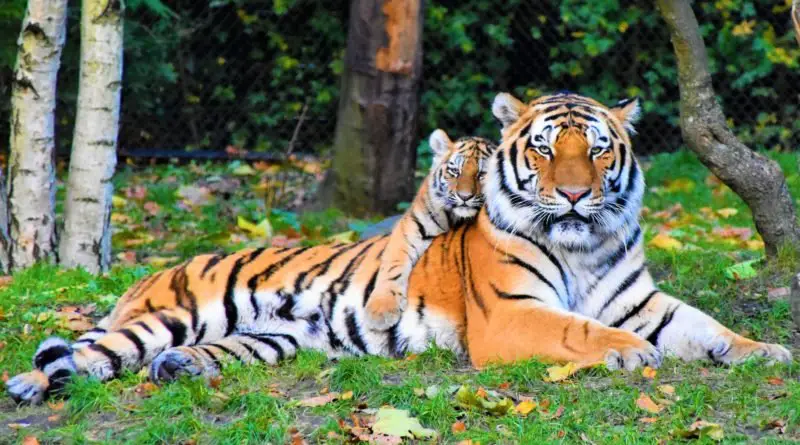Last modified on October 15th, 2020 at 7:37 am
Reasons Why Tigers Are Endangered
Did you know that tigers are currently critically endangered? In the last 100 years the number of tigers in the wild has decreased by over 97%, and today there are fewer than 3,000 tigers that remain.
Poaching and Illegal Trade of Tiger Parts
The main reason behind the decimation of the tiger population is poaching. Throughout the world, tigers are endangered because they are hunted down for their pelts, meat, and body parts.
Unfortunately there is a large consumer demand for tiger products and it comes in many forms. Some of the most common are tiger bone wine, tiger penis soup, tiger bone powder, and other traditional remedies.
Over the years many captive breeding tiger farms have been established to cater to that demand, especially in Asia. However these farms have not reduced the number of wild tigers that are poached. Instead, they have fueled consumer demand for tiger products, and increased poaching rates.
Although many countries have declared the trade of tiger parts illegal, not all have done so. In fact legal tiger farms often end up being the perfect guise for illegally poached tiger parts to be sold.
With the way things are now, there is no way for the tiger population to sustain the losses from poaching and continue to exist in the wild.
Habitat Loss and Human Conflict
Another major threat to the tiger population is a loss of habitat. Due to rampant deforestation throughout the world, the environments that tigers live in have changed and the populations of their prey are often insufficient.
Because of the habitat loss they are facing, tigers invariably end up having to roam to different areas. That often puts them in conflict with human settlements in farms and villages, and leads to them being injured or killed. One common way that villages get rid of tigers is by allowing them to eat a poison carcass.
The International Union for Conservation of Nature found that in the last ten years tigers have lost 40% of their natural habitat. If that trend continues, it is highly likely that in the next ten years the population of tigers in the wild will decrease dramatically.
While the creation of tiger sanctuaries and initiatives to sponsor animals or ‘feed a tiger’ have helped – at the end of the day they are no substitute for tiger’s natural habitat.
Final Words
Out of the nine tiger sub-species across the world, almost all are endangered – and many are critically endangered. In fact, the Caspian Tiger, Bengal Tiger, and Bali Tiger are already extinct. Similarly, the Sumatran Tiger, Malayan Tiger, and South China Tiger are critically endangered, and will probably not survive for much longer.
Scientists have extrapolated that if the tiger population continues to diminish at its current rate, it is unlikely to survive the next ten years. To change that drastic action will be needed to stem poaching and the destruction of their natural habitat.
If unsuccessful, we may very well end up seeing the last known tiger in our lifetime before they disappear from our planet completely.




